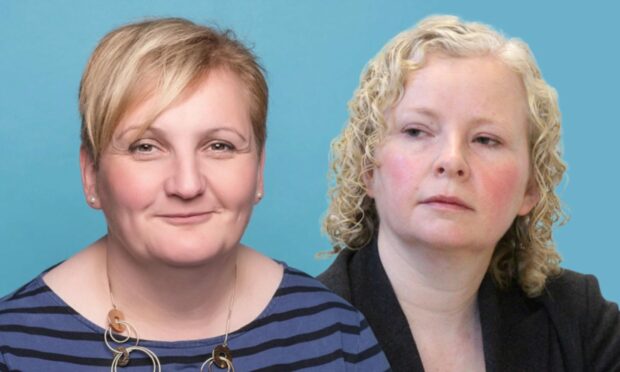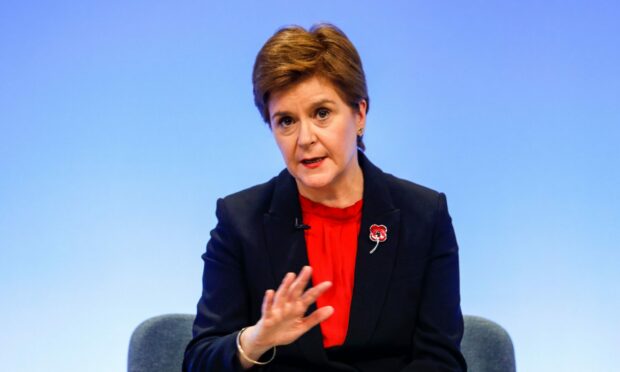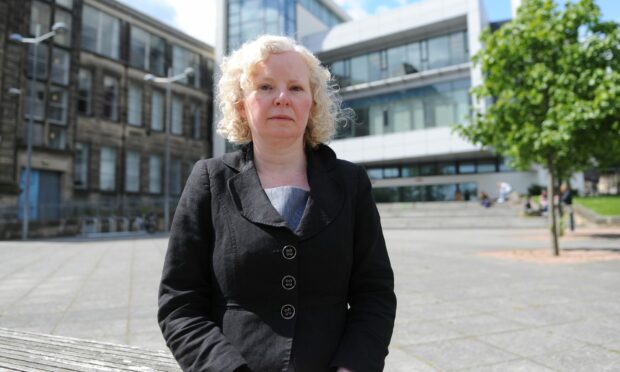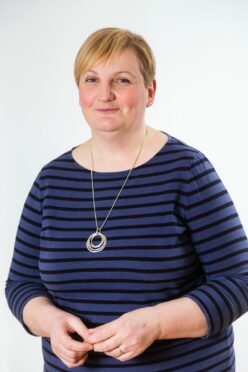More women are being encouraged to get into politics as two local female politicians share their experiences.
Yesterday, we considered female under-representation in the community. And now, we are looking at it in the context of local politics.
Just two of the eight MSPs for Mid Scotland and Fife are female, while women make up only a quarter of councillors at Perth and Kinross Council.
And female under-representation in politics is an issue that exists on a global scale.
As of September this year, there are only 26 women serving as heads of state and/or government in 24 countries.
And gender equality in the highest positions of power will not be reached for another 130 years at the current rate, says the UN.
According to Women Deliver, who advocate for women across the world, having more women in politics “is a critical factor for the development of inclusive, responsive, and transparent democracies”.
But why, then, do so few women enter politics?
Here, in the second of our three part series, we talk to Claire Baker MSP and Councillor Caroline Shiers about their time as politicians.
Women in parliament
The most recent Scottish Parliament election saw a record number of women elected to Holyrood and women now make up 45% of MSPs.
But on a more local level, there is a greater gender imbalance.
Labour’s Claire Baker and Conservative Liz Smith are the two female MSPs for Mid Scotland and Fife.
Mrs Baker is “in favour of seeing a more diverse parliament” and more women in leadership roles.
But she says there still exist different views on women.
“Women are still seen as the main carers,” she said.
“I think it is still challenging to be an elected politician with having caring responsibilities. My parents live nearby so I am lucky.
“The parliament is in Edinburgh and is quite accessible for me but for some MSPs – they have to stay overnight.
“Male MSPs have children but I don’t think one of them has left parliament because of childcare.”
And even during election campaigns and on social media, Ms Baker has noticed differing attitudes towards women and men.
She said: “People would assume I was the wife – if I was out, people wouldn’t assume I was the politician.
“I think women do get a tougher time on social media. And I think that has a risk of putting people off going into politics.
“But a lot of my constituents contact me through it so it can be a good thing.”
But the MSP, who has served since 2007, still believes being involved in politics is “fantastic”.
“It is good to see more women going into politics and having younger MSPs,” she added.
Women as councillors
And in Perth and Kinross Council, only 10 of the 40 councillors are women.
Conservative councillor Caroline Shiers says that, while there are few female councillors, there are those who have certainly “left their mark”.
She said: “I am very aware of how few councillors in Perth and Kinross are female.
“Perth and Kinross has had a number of female councillors over the years. Some of them have been very formidable individuals who have taken on senior councillor roles, provost and deputy provost and have very much made their mark.”
She added: “When I was elected in 2007, I had a two year old daughter and then had my son whilst I was a councillor.
“I was never aware of this being unusual but it clearly was at that time as there were few councillors with young children.
“However, I met nothing but support from councillors across the political spectrum and officers.
“I am glad things have changed a little bit but there is still not enough representation of all the different facets of communities across Perth and Kinross and I very much hope that we might see more diversity at the elections next May.
“My ward of Blairgowrie and Glens is a fantastic one and I hope that I have encouraged other women to take on leadership roles and to encourage younger women to consider politics.”
What might put people off running?
Caroline believes the overall demands of being an elected representative may put people off running.
She said: “It is a role that requires a 24/7 approach and the remuneration is not enough for most people to be able to give up having another job so you then need to have a very sympathetic employer who will allow you to be flexible.
“Some local authorities meet in the evenings and the jury is out for me as to whether that is better than daytime meetings.
“I have enjoyed being convenor of lifelong learning and within our administration there are three of the big jobs in the council filled by women – Kathleen Baird as deputy provost juggled with convening a committee and being vice convenor or another, Roz McCall convening the planning and development management committee, Sheila McCole from the opposition convenes the scrutiny committee.
“So I think although we are fewer in number we have all stepped up to take on major roles.”



